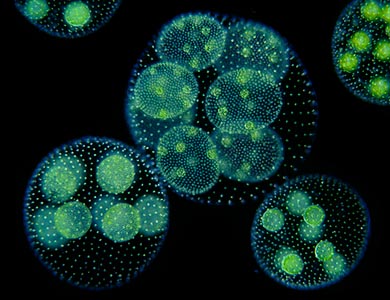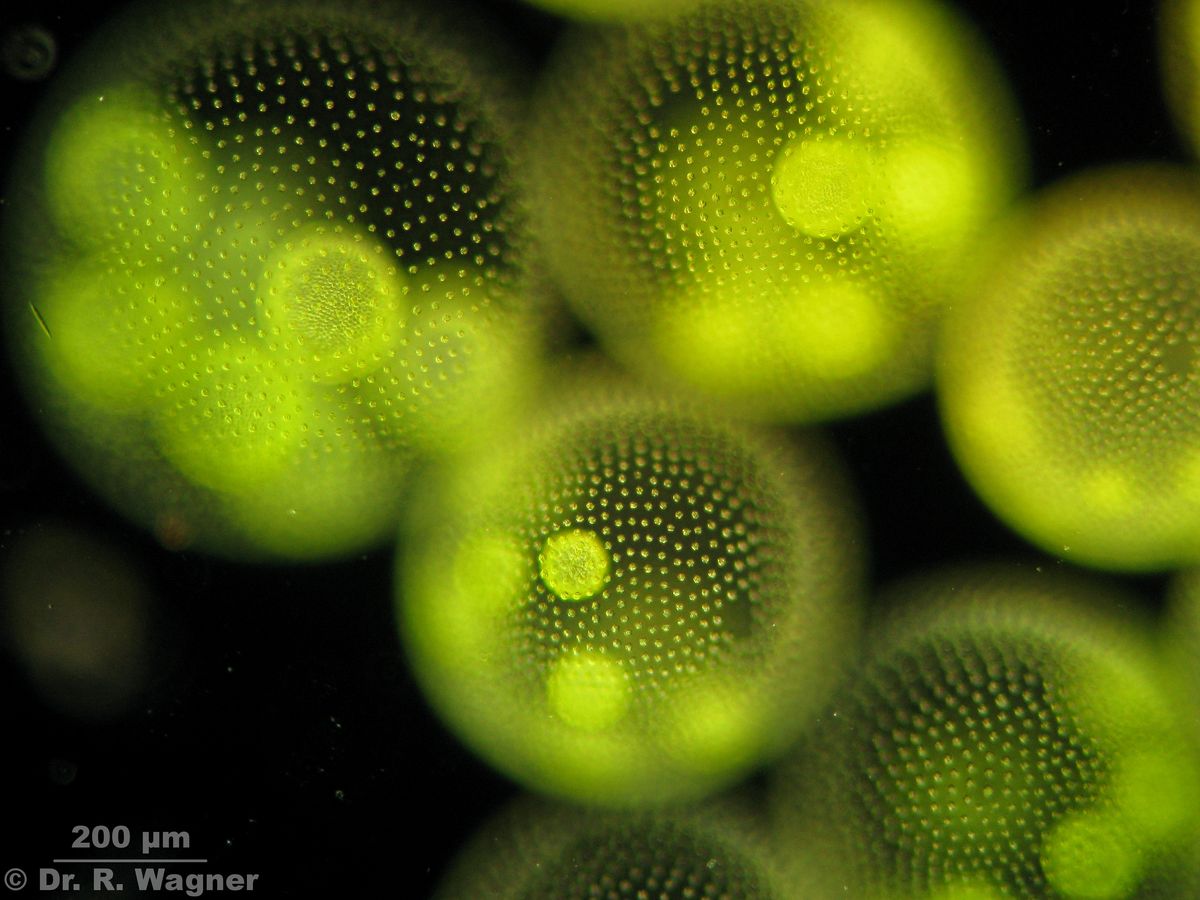Held hostage in my backyard by a sick dog... on a sunny Seattle summer day.
Sure his drawn-up, puking face makes my stomach churn in pity, and I can't imagine how the weather channel calls this 66 degrees Fahrenheit, because it certainly feels like 90 (I prefer 60).
Certainly I'm missing work, and when there's so much that needs doing, that makes my hand itch.
I'm missing my daily 5.5.mile bike ride to campus, and as I imagine the touch of a cooling breeze and fierce sunshine on my shoulders, I long to be out riding on the peaceful (albeit bumpy) Burke-Gilman trail.
But really, I have to thank my sick, trembling puppy (who, at seven, isn't really a puppy anymore. But I indulge myself.). I've been craving a day like this.
The house, normally noisy and boisterous with the sounds and problems of my family, is mine and deliciously silent. There's food to be eaten that tantalizes every taste bud on my tongue (earthy mushrooms, sweet onions, and soft, warm quinoa, anyone?).
And when my puppy turns his unhappy blue eyes on me, and comes to lean against my leg for comfort after another upending of his po' tummy, my heart melts. Sometimes I forget how much he craves affection, but just like a child, it couldn't be clearer that he needs me right now.
So we bask in the 95 degree garden, sick and missing work and perfectly content. One of the birds nesting in our neighbor's vent came to visit, catching a fly before darting off. Insects come and go - honeybees sipping nectar from our flowers and hording the pollen, earwigs nesting in one of our heads of lettuce, an Ichneumon wasp prowling for insects to devour.
 |
| Borage plant |
The soles of my feet are brown with dirt, my legs are reddening from the sunshine (I can only imagine how sunburnt my face will be in a few hours), and a string of drool/vomit coming from Surge's mouth has collected chunks of beauty bark, and dangles hilariously from the left side of his muzzle.

















